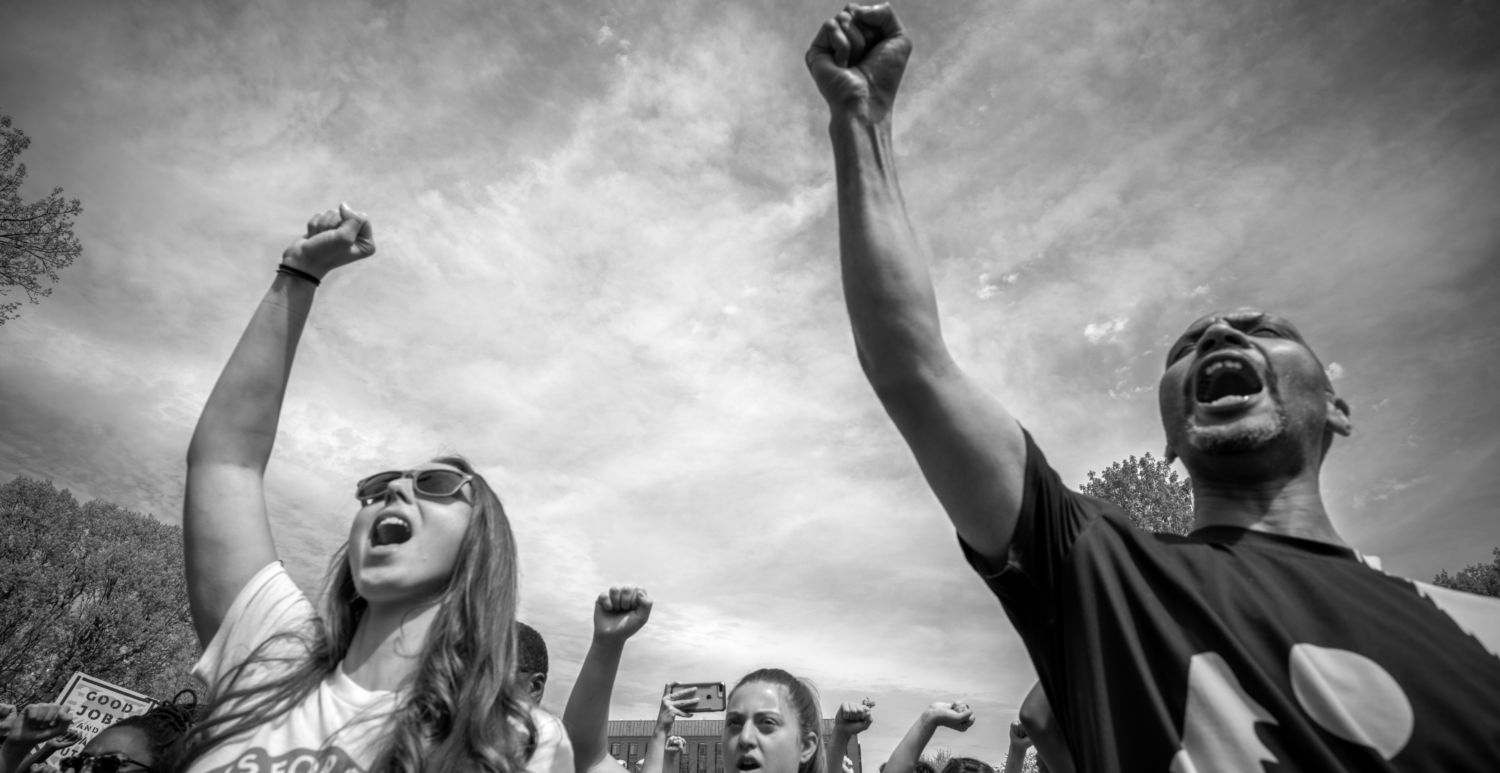
©2024 League of Conservation Voters
Washington D.C. — In advance of the House Transportation & Infrastructure Committee’s mark-up of its portion of the Build Back Better Act, the League of Conservation Voters (LCV) released the following statement from Deputy Legislative Director Madeleine Foote:
“We commend Chair DeFazio and Democratic members of the Transportation and Infrastructure Committee for working to tackle the dual crises of climate change and environmental justice in their Build Back Better bill. By advancing investments that move us toward zero emissions transportation and prioritizing low-income communities and communities of color who have borne the brunt of pollution due to environmental racism, the committee is helping to create a more clean, just and equitable future. This bill is a critical part of ensuring the full reconciliation package meets the Climate Test and directs at least 40 percent of benefits to communities of color and of low wealth communities. We will continue to work with committee members and climate champions in Congress to ensure we meet the moment these crises demand.”
LCV’s priorities that are included in the Transportation & Infrastructure Build Back Better bill include:
# # #